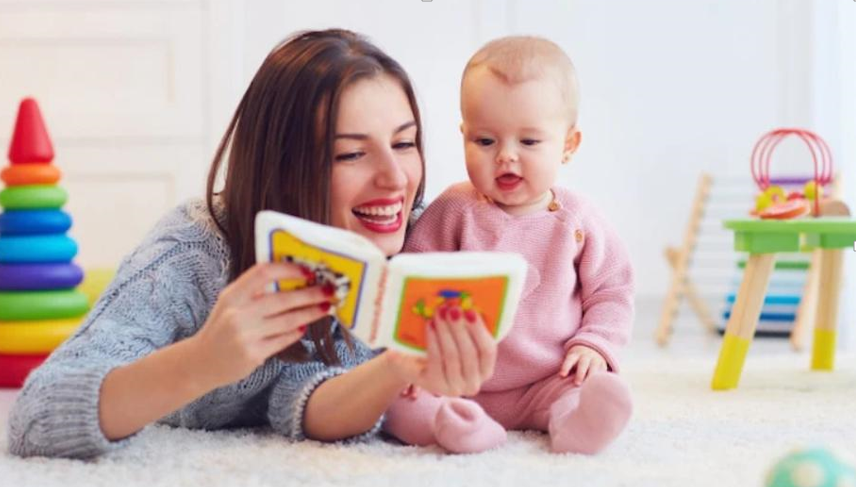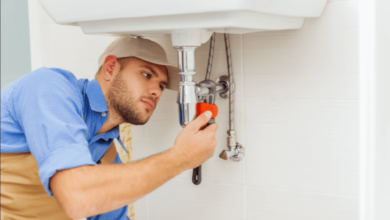When Do Babies Start Playing with Toys?

Babies are curious explorers, eager to learn about the world around them. One of the most delightful ways they do this is through play. As parents, understanding when and how babies start playing with toys helps nurture their development. Toys are more than just fun; they play a crucial role in stimulating motor skills, cognitive abilities, and emotional growth. Knowing the appropriate time and type of toys to introduce can significantly aid your baby’s developmental milestones. In this blog, we’ll delve into when babies begin playing with toys, signs that show readiness, and the best toys to match their developmental stages, offering guidance and reassurance to support your journey through early parenthood.
Understanding Infant Developmental Stages
The journey from birth to toddlerhood is a whirlwind of rapid growth and discovery. Each stage presents unique developmental milestones and opportunities to engage with toys. These phases lay the groundwork for how and when babies start playing with toys. Understanding these stages helps parents choose toys that align with their baby’s evolving needs, maximizing their developmental benefits.
Newborns (0–2 Months)
During the newborn phase, babies are rapidly adjusting to life outside the womb. Their vision is still developing, and they can best see objects up close. Toys with high-contrast patterns are beneficial here as they capture babies’ attention. At this stage, play is mostly centered around sensory experiences, like listening to soothing sounds or feeling different textures. While your baby might not be “playing” in the traditional sense, they are already beginning to engage with the world, which is foundational for future play.
Early Infancy (2–4 Months)
As babies grow, they start to become more active and aware of their surroundings. Between 2 to 4 months, babies begin to show an interest in toys that they can focus on visually. Brightly colored objects and those that produce gentle sounds stimulate their senses. Babies start experimenting with reaching towards toys, although their grasp may still be a reflex. Offering them lightweight toys within easy reach enhances their playtime experience. This phase is crucial for developing hand-eye coordination and visual acuity.
Mid Infancy (4–6 Months)
In the mid-infancy stage, babies become much more intentional with their movements. They start reaching and grasping toys, enjoying the cause-effect interaction. Toys that facilitate tactile exploration and auditory engagement become favorites. This period sees the emergence of mouthing behavior—a key way babies learn about their environment. Introducing safe, teething toys supports this exploration while soothing their gums. Play during this stage is characterized by a more active involvement with toys, aiding in cognitive and physical development.
See also: Andrew Santino Partner : Private Life or Public Curiosity
Signs Your Baby Is Ready to Play
Recognizing when your baby is ready to play with toys can help you introduce the right stimuli at the right time. Babies send clear cues as their interests and abilities grow; spotting these signs lets parents engage effectively.

Visual Tracking and Focus
By about 2 months, babies begin to develop the ability to track moving objects with their eyes. If you notice your baby following items or people with their gaze, they are becoming visually interested. Toys that move or have bold patterns and colors harness this newfound skill, encouraging active engagement and longer periods of focused attention.
Reaching and Grasping
Around 3 to 4 months, babies start reaching out and grasping objects intentionally. This is a significant milestone that indicates readiness for play-focused interaction. You might observe your baby attempting to grab toys displaying excitement or frustration until they succeed. Providing toys within reach encourages this practice and develops their fine motor skills.
Mouthing and Exploration
As babies approach 4 to 6 months, mouthing becomes a prime exploratory method. They use their mouth to learn about textures and shapes, an integral part of sensory development. Watching your baby chew or lick their toys reveals a readiness for teething toys. This exploration highlights their growing curiosity and need for safe objects to satisfy it.
Choosing Age-Appropriate Toys
Selecting the right toys is crucial to nurture development. Babies need toys that match their developmental stage and stimulate learning.
Sensory Toys
Sensory toys engage multiple senses and are ideal for newborns and infants. High-contrast mobiles, rattles, and soft, textured items are great choices. These toys enhance visual, auditory, and tactile experiences, helping babies learn to process multiple stimuli simultaneously. Sensory play lays the foundation for brain development, promoting curiosity and exploration.
Grasping and Teething Toys
As babies learn to grasp, offering toys they can easily hold is beneficial. Soft, chewable toys can become favorites as teething begins. Look for items free of choking hazards, made from safe materials. Grasping toys aid with hand-eye coordination, while teething toys soothe irritated gums. These interactions support both fine motor skills and oral exploration.
Interactive Play Mats and Gyms
Play mats with attached toys are excellent for interactive exploration. These gyms offer a variety of engaging activities like mirrors, hanging toys, and textured fabrics. Babies enjoy tummy time on these mats, which strengthens neck muscles and enhances motor skills. Interactive play mats encourage independent play as well as parent-led interactions, supporting physical and cognitive growth.
Encouraging Playtime: Tips for Parents
Parents play a pivotal role in effective playtime, creating environments that promote safe and enriching experiences.
Creating a Safe Play Environment
Ensure your baby’s play area is free of hazards. Always supervise their playtime. Choose toys that are sturdy, non-toxic, and appropriate for their age. A secure space fosters confidence, letting babies explore freely. Regularly assess play items for wear and potential risks, ensuring a safe, joyful play environment.
Engaging in Play with Your Baby
Joining your baby in play enhances bonding and learning experiences. Make eye contact, mimic their actions, or narrate their play activities to reinforce engagement. Your participation introduces social elements that teach babies about interaction. Together, you explore toys, watching their reactions and discovering new ways to amuse and educate.
Observing and Responding to Baby’s Cues
Every baby is different, with unique preferences and growth patterns. Observing your baby’s reactions to play informs you about their interests and comfort levels. Respond appropriately by offering toys that match these cues. Celebrate their successes and gently encourage them when facing challenges. This responsiveness helps babies feel supported and understood, enriching their playtime.
Conclusion
Understanding when do babies play with toys is essential to nurturing developmental growth. By recognizing stages and signs, parents can create enriching play experiences that support physical, cognitive, and emotional development. Selecting age-appropriate toys and actively engaging with your baby encourages exploration and learning. The joy of watching your baby discover the world through play is unparalleled, creating foundational memories and bonding experiences. As you embark on this exciting journey, embrace each milestone with enthusiasm, knowing that you are laying the groundwork for healthy, happy development.




